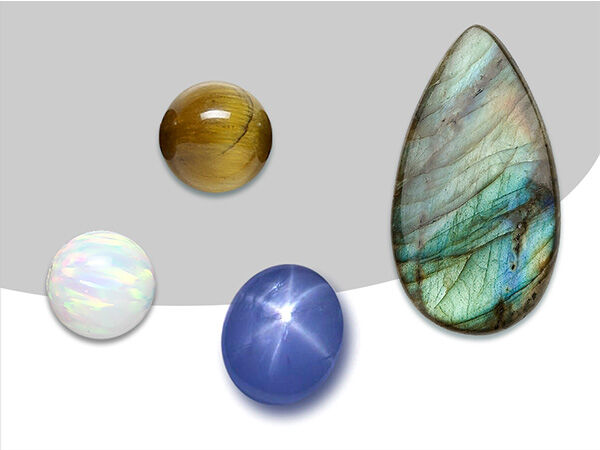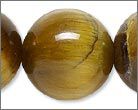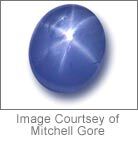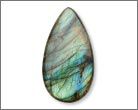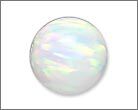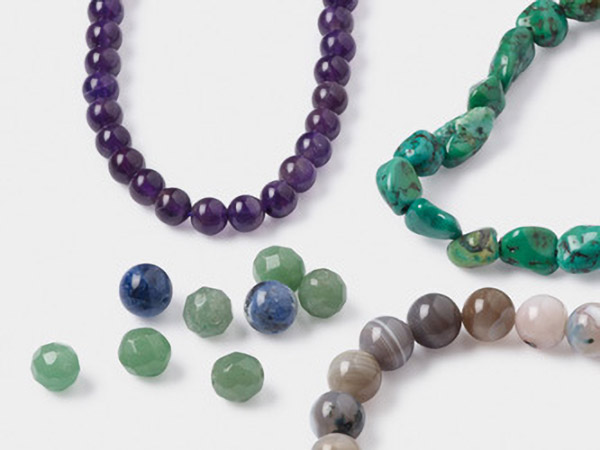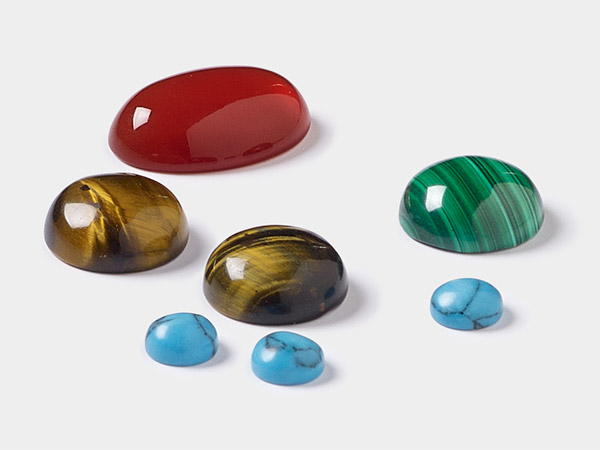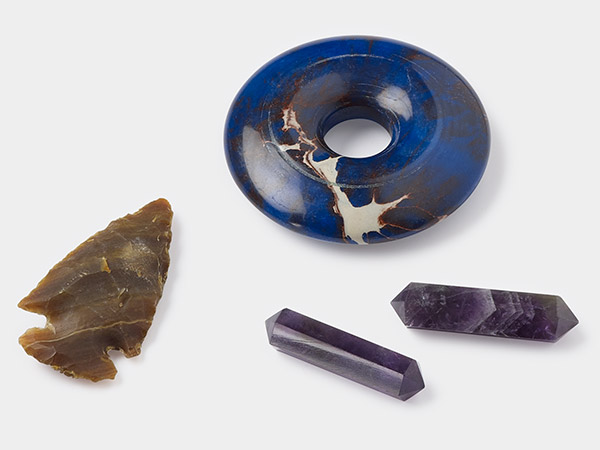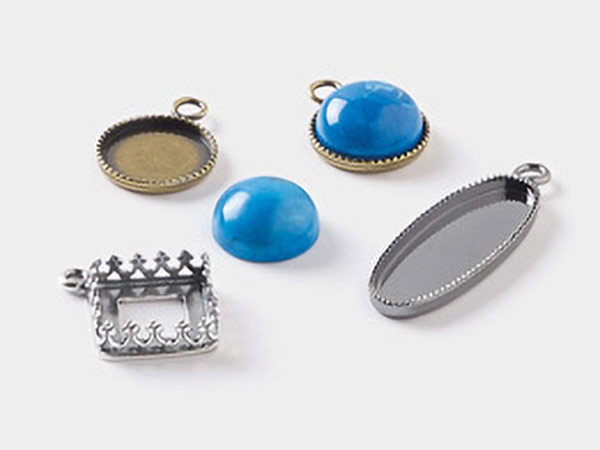Special Effects in Jewelry-Making Materials
Long before George Lucas was creating light sabers, special effects existed naturally in gemstones and other jewelry-making materials. The fire of the diamond, the play of colors in an opal, the shimmering asterisk in a star sapphire--these optical effects make their gemstone materials even more beautiful.
These special effects, called "phenomena" by gemologists, are part of the very nature of the material and are caused by the effects of light itself within the piece. Skillful lapidaries use sophisticated cutting and polishing techniques to enhance these optical effects in gemstones, while organic jewelry-making materials can require light oiling to maintain their effects.
Here's a list of the most common gemstone special effects, including a brief explanation of what each effect is, how it looks to the human eye and what jewelry-making materials it is likely to appear in.
Chatoyancy
Chatoyancy (sha-TOY-en-see) comes from the French phrase for "eye of the cat," and jewelry makers will frequently see this effect in materials named after felines: cat's eye quartz, tigereye and others.
The shimmering effect comes from light reflecting from fiber-like structures within the stone. This reflection appears to "move" as the stone is moved, creating the illusion of an eye in the stone. Gemstones displaying a high level of chatoyancy are usually carved in smooth shapes (such as rounds, ovals or as cabochons), as faceting decreases the strength of the effect.
Commonly Seen In:
- Apatite
- Beryl (especially aquamarine)
- Cat's eye quartz
- Chrysoberyl
- Fiber optic glass Called "cat's eye glass'' because of its visual similarity to cat's eye quartz
- Rainbow obsidian
- Tigereye and tiger iron
- Tourmaline
- White, peach and grey moonstone
Asterism
Asterism is derived from the Greek word for "star" and is a form of chatoyancy which specifically exhibits a luminous six-pointed star when cut into a cabochon or other round shape.
This "star" is created by the presence of dense inclusions of tiny rutile fibers (the same kind that are dark in rutilated quartz). This is commonly referred to as "silk" by gemologists and lapidaries. The rutiles are aligned perpendicular to the rays of the star displayed on the surface and create a range of opacity in any stone in which they are present.
Commonly Seen In:
Iridescence, Labradoresence and Schiller
Iridescence (eer-ih-DESS-ens), from the Greek word for "rainbow," is an optical effect where colors on the surface of an item appear to change with the angle from which it's viewed.
Iridescence creates the colors floating on the surface of oil slicks in a parking lot, or soap bubbles in the sunlight. It comes from multiple reflections within two or more transparent or semi-transparent layers. Light enters the top layer and "bounces" around between the layers. Iridescence can include a variety of rainbow effects in gemstones, including schiller (SHIL-er) and labradorescence (lab-rah-dor-ESS-ens).
Commonly Seen In:
- Abalone shell
- Feathers Commonly seen in peacock feathers, mallard, raven and some long rooster tail feathers
- Fire agate
- Labradorite (specifically labradorescence)
- Rainbow moonstone
- Mother-of-pearl
- Paua shell
- Pearls
- Rainbow obsidian
- Sunstone (specifically schiller)
Opalescence
Opalescence (o-pul-ESS-ens) is named after the gemstone which displays its properties the best: the opal. It refers to a particular pattern in the play of colors within a stone. Similar to iridescence, opalescence is created by the reflection of light within the stone material, and its dispersion out of alignment with its entry. Opals are created of multiple spheres of silica, which trap light as a raindrop does, "bouncing" around inside and exiting to create a rainbow.
Commonly Seen In:
Shop for Your Materials Here:
Have a question regarding this project? Email Customer Service.
Copyright Permissions
All works of authorship (articles, videos, tutorials and other creative works) are from the Fire Mountain Gems and Beads® Collection, and permission to copy is granted for non-commercial educational purposes only. All other reproduction requires written permission. For more information, please email copyrightpermission@firemtn.com.
